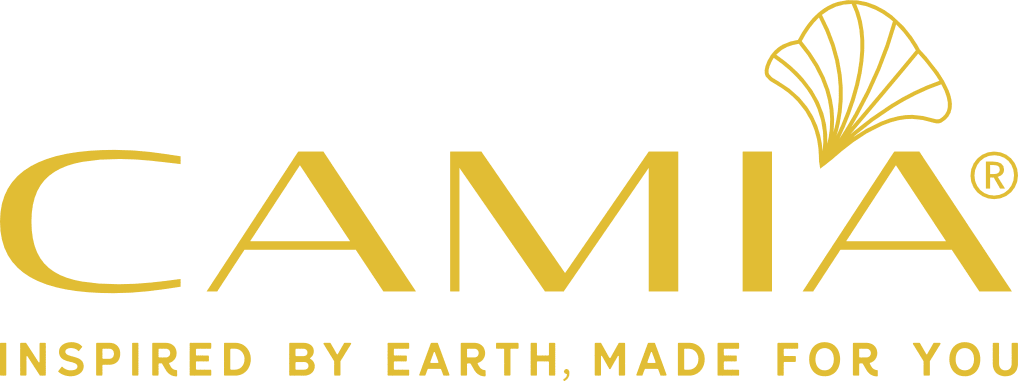For many of us, making a choice can be difficult in the absence of relevant evidence and data. When it comes to choosing the right soap, unfortunately as much information is concealed, as they are revealed. Did you know, for example, that there are manufacturers who do not adhere even to the minimum standards just to cut costs. There are many who also suppress information on the label itself, because as per guidance it is not mandatory to declare everything that is added to a soap on a label. So, where do we get the right information? How do we know what is the reliability of the information provided? Is there even a way to verify the claims made by the manufacturer?
WHAT IS A SOAP?
Some of the oldest records of producing soaps, or similar products is found as early as 2800 BC from ancient Babylon. However, commercial soap manufacturing began in England close to the end of the 12th century. Soap is a product of a reaction of an oil with an alkali and the process of soap making is called saponification. Glycerin is a natural by-product of the saponification process and it is an incredibly effective moisturizer when used in a cleanser. Glycerin can help maintain hydration and prevent skin irritation during the cleansing process. Glycerin can also signal your superficial skin cells to mature more rapidly, which in fact is a speedier route to soft skin.
With commercial soaps the Glycerin content is generally nil. That’s because the Glycerin is often more valuable than the soap itself. In many industrial processes the soap is “salted out” with brine to separate it from the Glycerin/water mixture. Then the soap is filtered out and the water and salt removed from the Glycerin by fractional distillation and filtration. Additionally, commercial soaps are made through a melt and pour process using soap noodles which often contains chemicals, and cheap fillers. They are also infused with artificial colors, perfumes and preservatives to enhance performance and longevity of the soap.
Given the above facts, Bureau of Indian Standards, mandate the printing of TFM levels in all soaps. This is to ensure that there is at least some base level of oil based fatty matter available in soaps that gives it its cleansing properties. TFM is the stuff that gives a commercial soap its ‘soapiness’. Generally, the higher the TFM, in a commercial soap the better it is. Grade 1 soaps are required to have minimum 76 percent TFM. Grade 2 and 3 soaps have decreasing requirement for mandatory minimum quantities of TFM at above 60 percent and below 60 percent respectively. This could also imply that beyond the percentage of TFM mentioned in the commercial soaps, there are only chemicals to add up to make the 100%.
Natural and handmade soaps do not contain anything but pure oils, herb extracts, clay, butter and salts. Post their saponification, Glycerin is not extracted, and good natural soaps will typically contain 15-25% Glycerin, and 10-15% salts, butters and clay. The TFM’s of natural soaps will be in the range of 60-75%, but it only means that these soaps have great moisturization and cleansing properties given the concentration of other skin loving ingredients.
HYGIENE AND HEALTH
The obvious use of a soap is to clean through its surfactant action. This is not all, however. Using a soap for hygiene purposes also provides an opportunity to deliver moisturizing and other health-enhancing substances to the skin. This has prompted a few manufacturers to include humectants, immune-boosters, etc. in the soap.
One should consider therefore, the details of all the ingredients of the soap one chooses. The key ingredient in any soap is the oil. Most commercial soaps are made from soap noodles made with cheaper oils and chemicals.
Organic oils are expensive but are rich in natural antioxidants and immune-boosters. Furthermore, organic oils are devoid of harmful chemicals that can contaminate or irritate the skin. Another level of sophistication is added if the organic oil is also cold-pressed and if essential oils, salts, butters and herbs are added for therapeutic benefits.
Cold-pressed soaps made with organic oils are the closest to nature, with excellent moisturizing and antioxidant components, providing health along with hygiene.
BEYOND THE TFM…
As discussed earlier, there is more to a good soap, than just the high TFM. What matters is the quality of perfumes and other adjuvants added to the soap in the final stages of its manufacture. Nature derived essential oils are a healthier choice compared to chemical perfumes that are sharp on the olfactory senses but usually score a negative on the health front.
Notably, while there are regulations to mandate the quantity of TFM, there are none to regulate the additives and adjuvants in a soap! The onus of making an informed choice is therefore on the consumer.
So, the next time you choose a soap reading labels in detail must only be the starting point of your enquiry!




